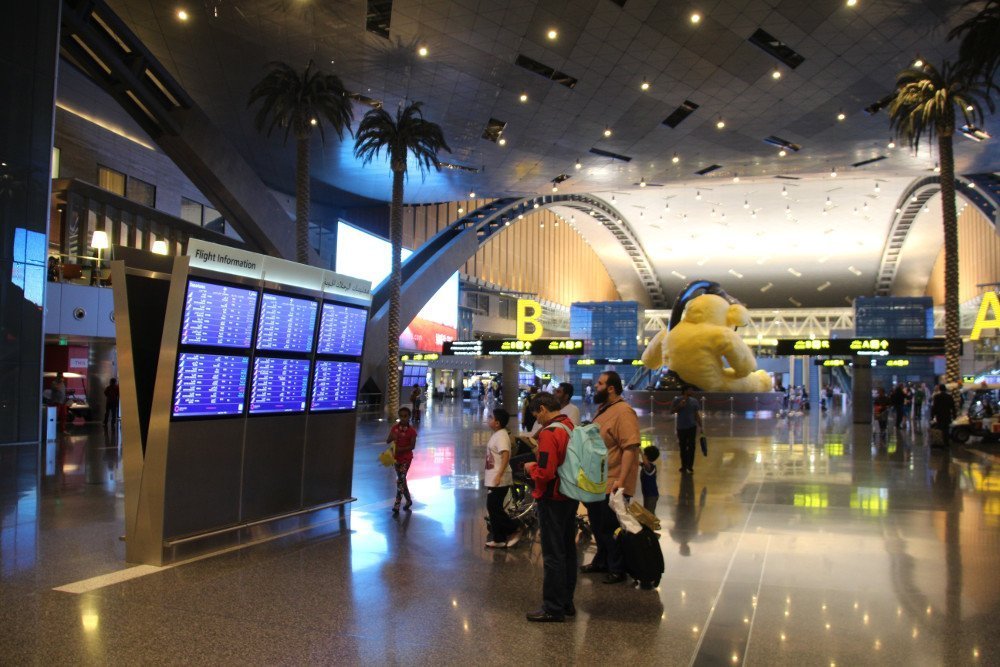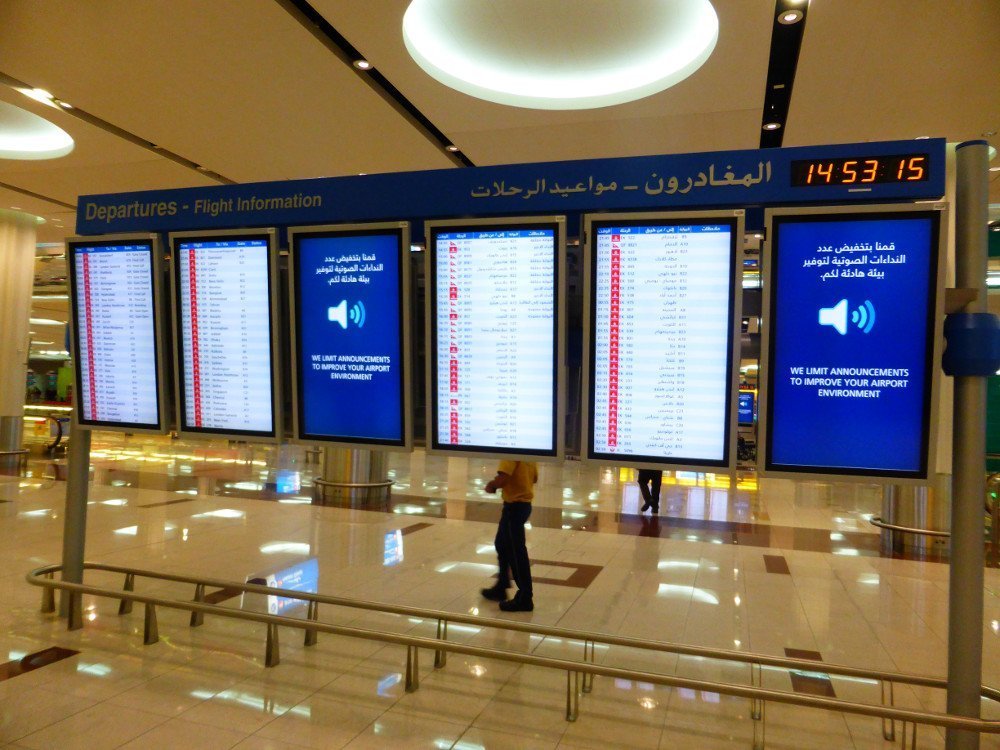The Middle East Three (ME3) – Emirates of Dubai, Etihad of Abu Dhabi and Qatar Airways of Doha changed the intercontinental airline industry as much as low cost carrier Ryanair and Easyjet in Europe. The ME3’s network strategies are very similar: The Gulf region is perfectly located for flights between Europe and Asia-Pacific. And therefore all three carriers respectively their governments decided to build up huge fortress hubs in the desert. 24/7 operations, huge travel retail facilities and world renowned lounges.
Dubai invited the concept for its home carrier Emirates, Abu Dhabi and Qatar followed suit. While DXB adds one terminal after the other (the latest is scheduled to be completed late 2015), DOH needed to build a whole new airport (opened in 2014) while Abu Dhabi is expanding with a new spectacular Midfield Terminal (scheduled for 2017).

Dubai is the benchmark for many airport services – Duty Free is definitely one of the most noteworthy installations – but Doha managed to deploy the smartest looking and well placed FIDS system of all. Unfortunately, the quality of installation doesn’t come close to world class.
Developing an FIDS concept seems straight forward. Identifying the most frequented locations along the travelers’ path throughout the terminal seems simple. Connecting the digital signage system to the Airport Operations database (AODB) and a simple template and off you go. Unfortunately, that is by far not sufficient. It takes much more for an effective and easy to use FIDS.
- Doha Airport – fresh approach to FIDS (Photo: invidis)
- Lancome Experience at Doha Airport (Photo: Qatar Airport)
- Lancome Experience at Doha Airport (Photo: Qatar Airport)
- FIDS Screesn display gate and departure time information – unfortunately DXB’s FIDS screen design does not reach the user friendlyness of more modern airports like Doha (Photo: invidis)
A look back in history, most airports installed huge flight departure boards based on mechanical (flip) or LED dot matrix technology. Twenty years ago that was state of the art as the technology was very expensive and real-time information scare. Travelers weren’t used to access live information anywhere and anytime. And dominant flight information boards tend to stop the flow of travelers as passengers try to find their respective flight on the board. The lack of FIDS was compensated with continuous PA-information. Today’s airports pride themselves with “silent-airport” concepts and multiple digital information touch points close to the customer.
- Doha is no exception – hundreds of Samsung professional large format displays – are spread around the terminal. FIDS totems are lined up left and right along the passenger flows. The array of 3×2 displays are integrated in specially designed totems matching the architecture of Doha International Airport.
- In contrast to most other FIDS installations, DOH decided to deploy its flight information strategy on a bi-lingual concept. Arabic and English are displayed simultaneously – quite opposite to most other Gulf airports. By arranging the displays in landscape orientation, the airport authority has enough space to present all necessary information in one line.
- In addition, DOH displays the tailfin design of each airline in a very stylish manner. Dubai for example uses airline logos in a square space. Unfortunately, sometimes distorted / out of proportion. It remains to be seen if DOH will keep the high quality level once the design agencies hired for the opening are replaced by internal departments.
- Boarding gate areas feature totems displaying the tailfin logo of the operating carrier as well as the code share airline’s fins. The displays are installed relatively low, enabling a better visibility for shorter traveler. This comes at price lacking visibility from further away. As the totems are quer to the walking directions …
While we experienced a great FIDS service, quality of installation was partly very low. 3×1 display rows at boarding gates were installed crooked, cables visible and some displays were not calibrated. A few display clusters were not installed at all, just transparent plexiglass elements fixed to the mountings instead of displays. We hope these teething problems have been resolved as the airport deserves three thumbs up for its FIDS concept.
Invidis also inspected Qatar Duty Free, various retail outlets, way-guiding as well as DooH installations. The results will be published in a separate article in the coming days.




